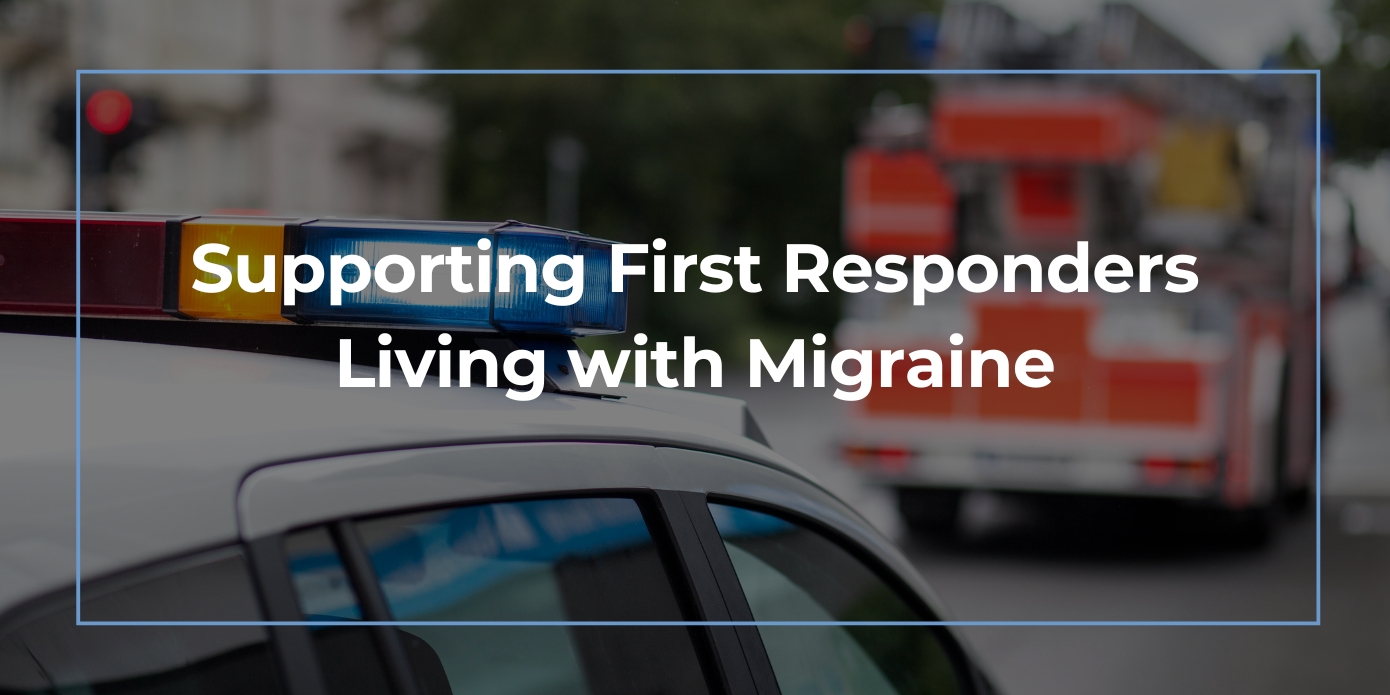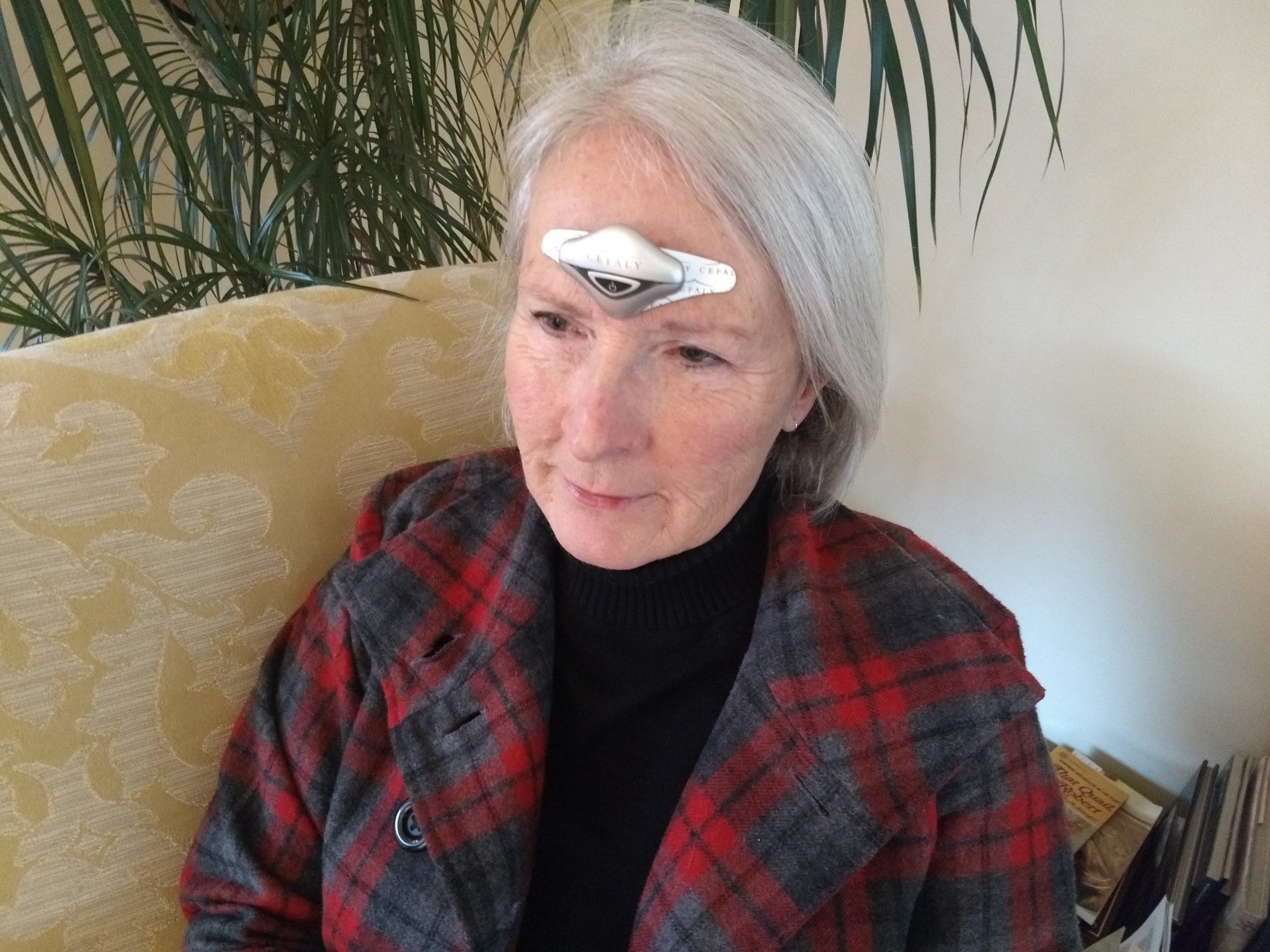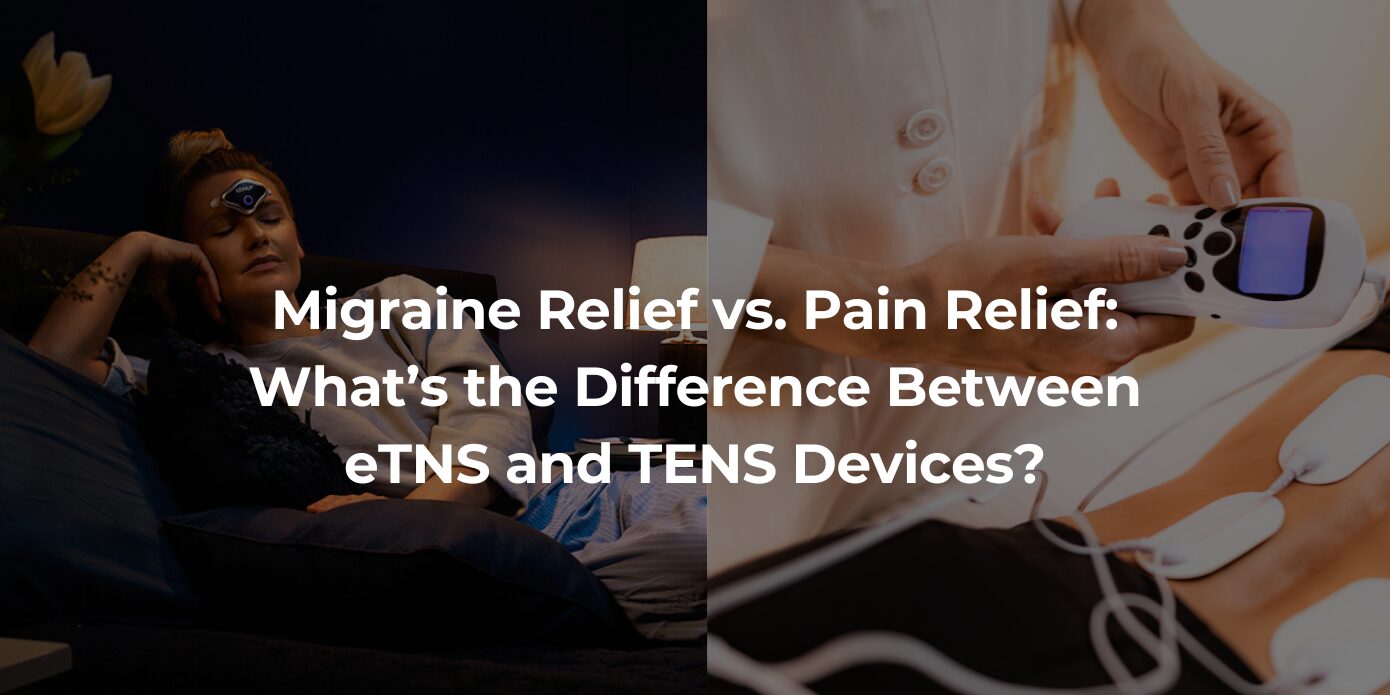First responders are really ‘First Heroes’; the selfless individuals who dedicate and risk their lives for the sake of others in an emergency. But, often we don’t see the toll their intense jobs can take on their own health.
Migraine disease is unfortunately a common disability that many first responders experience. In fact, the Centers for Disease Control (CDC) reports that 21% of first responders have experienced severe headaches. Having to perform a high-stress job with a debilitating migraine only compounds the issue, which interrupts job performance, daily living and family time, too.
Managing migraine for a first responder is challenging, but possible. Being faced with the triggers daily offers a unique opportunity to not just explore migraine relief and prevention, but to also consider how to manage the impact the job itself poses, both physically and mentally.
The first people to assist in an emergency situation include, but are not limited to:
- police officers
- firefighters
- emergency medical services personnel (EMS)
- emergency medical technicians (EMTs)
- deputy sheriffs
- healthcare providers
- 911 operators, and more
Understanding Migraine Disease
Migraine is a common neurological disorder, affecting approximately 39 million people in the United States. Individuals living with migraine may experience an array of symptoms, including throbbing or pulsating head pain, dizziness and nausea, fatigue, sensitivity to light, sound and/or smell, plus other disruptive experiences.
There are also several types of migraines. According to WebMD, “The most common are migraine with aura (also known as classic migraine) and migraine without aura (or common migraine).” Other types of migraine include vestibular, ocular, and silent.
Impact on Daily Life
Chronic pain from migraine affects every aspect of your life, from work to personal relationships and more. Living with migraine can make it difficult for you to take care of yourself properly, perhaps make it hard for those around you to relate to your experience, and make you feel misunderstood and isolated. It can all lead to cognitive, emotional and mental health challenges and impact your ability to work and be financially stable.
For first responders, the impact is even more pronounced. An article in Scotland found that migraine-related sick days in police officers doubled in five years. “Police officers and staff are more than twice as likely to be off work as a result of a headache or migraine compared with five years ago… the condition accounted for 4,858 sick days among the rank-and-file at Police Scotland last year, and 2,114 among police staff.”
Get Drug-Free Migraine Relief With CEFALY
Shop Now
90-day money back guarantee
FDA-cleared
financing available
Challenges Specific to First Responders
For those not in first responder situations, it’s hard to grasp the impact this type of job can have over time. While you may experience some of the following at some points in your life, imagine facing them on a regular basis as part of your occupation and livelihood.
- High-Stress Environments: First responders may often experience stressful situations on the job that are hard to process. One article that focused on police work notes, “The nature of police work may at times involve stressful situations such as the threat of, and actual, physical harm and witnessing the human toll of violence. The stress of the job combined with organizational stressors may severely impact police officers and their work.” Stress is often a trigger that leads to migraine attacks, creating a cycle that is hard to avoid.
- Irregular Schedules: Overnight shifts, overtime hours and abrupt emergency calls all contribute to inconsistent sleep routines that can disrupt your body’s natural rhythm, triggering migraine attacks. Lack of sleep may also contribute to other symptoms like depression, making you more vulnerable to migraine incidents.
- Physical Demands: Some aspects of first responders’ jobs include tremendous physical exertion, such as bearing a victim’s bodyweight, or carrying heavy equipment, which may contribute to migraine attacks.
There are also environmental triggers on the job. In an article focused on headaches in veterans exposed to burn pit smoke, the author notes the following: “In the last decade, researchers have taken a closer look at the link between chronic headaches and occupational toxic exposures, and learning more about how pollution and poor air quality impact civilians, as well. This research has found that poor air quality alone increases migraine attacks. Firefighters, for example, are likely to have headaches caused by the exposure to smoke.”
- Mental Health Considerations: The psychological toll from a first responder’s job can lead to depression, anxiety and chronic migraine. They are also at high risk for Post-Traumatic Stress Disorder (PTSD). According to the Substance Abuse and Mental Health Services Administration (SAMHSA), roughly 1 in 3 first responders develop PTSD. In comparison, the incidence of PTSD in the general population is 1 in 5 people. Having PTSD can make migraine even more disabling.
It isn’t hard to see that managing these aspects of a first responder’s job are critical to his or her health on every level.
Try CEFALY to Prevent & Relieve Migraine Pain
Managing Migraine as a First Responder
There are several ways you can get a handle on your migraine frequency and intensity, and feel more in control when in out-of-control scenarios.
- Recognize Triggers
Be aware of triggers you may encounter as you head into different situations. If loud sirens, flashing lights and chaotic settings paired with high emotions are expected, plan ways to desensitize those circumstances ahead of time.
Keeping a migraine diary can help you identify personal triggers so you can be more prepared.
- Preventative Measures
Control as much as you can in your daily life to prevent migraine by focusing on your health and wellness:
- Practice stress management techniques, such as mindfulness, meditation, and deep breathing exercises.
- Strive for a stable sleep schedule by sticking to consistent bedtimes and wake-up times, even on weekends.
- Maintain a healthy diet, stay hydrated and avoid known food triggers.
- On-the-Job Strategies
Communicating with your supervisors about your migraine needs is an important step in getting the support you need to perform your job better.
Taking breaks and using relaxation techniques can help you reset during shifts, and avoiding your known triggers like light and noise exposure can help keep pain from interrupting your work.
Treatment Options
Work with your medical specialist to determine the best course of action for your specific migraine experience. Here are some options to discuss:
- Prescription and over-the-counter medications: there are many options in this category for both preventative and acute approaches to pain management. And, while medications are an important option for managing migraine, it is also important to be aware of side effects, interactions and adverse reactions.
- Alternative therapies: Many non-medical alternatives exist, offering an array of possibilities for managing pain. Physical therapy, chiropractic care and acupuncture are great ways to relieve stress and focus on wellness. Dietary changes and supplements might also be helpful in avoiding nutritional deficiencies.
- Non-invasive wearable devices, such as CEFALY, are another popular option. These migraine treatment devices can be used at home, placing migraine control in your hands.
For example, CEFALY is an FDA-cleared medical device that delivers tiny electrical impulses through the forehead to the trigeminal nerve, soothing migraine pain and preventing attacks. Other wearable devices use different technologies and treatments, so research which is best for your condition.
Creating a migraine action plan with your doctor will help you feel prepared to handle pain, and to know when to seek medical attention.
Resources and Support
It is important that you know you don’t have to travel this migraine journey alone as a first responder. There are plenty of resources that cater to your unique circumstances, and offer specialized support from people familiar with your experiences.
- Professional Help
- Seek out references for a trusted healthcare provider specializing in migraines.
- Check with your job’s benefits department about occupational health services for first responders.
- Support Networks
- Lean on your coworkers, friends and family who are in similar situations or can empathize. Peer support can provide an important outlet and be an invaluable resource.
- Search online communities and support groups for first responders with migraine. Hearing other familiar experiences can make you feel connected and understood.
- The Migraine Circle – Hosted by CEFALY is a community support network on Facebook. It provides a supportive and understanding community for those navigating the tumultuous waters of migraine management.
- Educational Materials
- Visit your library, search online and ask your community for recommendations. You’ll discover educational books, websites, and apps that are designed for migraine management and offer guidance for first responders.
Helping You Helps Them, Too
Performing the job of a first responder takes courage, focus, and a tremendous heart. When chronic migraine pain challenges your ability to be completely present and capable of helping others, the people in need suffer, too.
As the airplane oxygen mask example always reminds us, you have to take care of yourself first in order to be there for others. Take advantage of the tools, resources and options available so you can stay in control of your health, and continue to be there for those that need you.
Shop CEFALY and start managing your migraine pain today!














